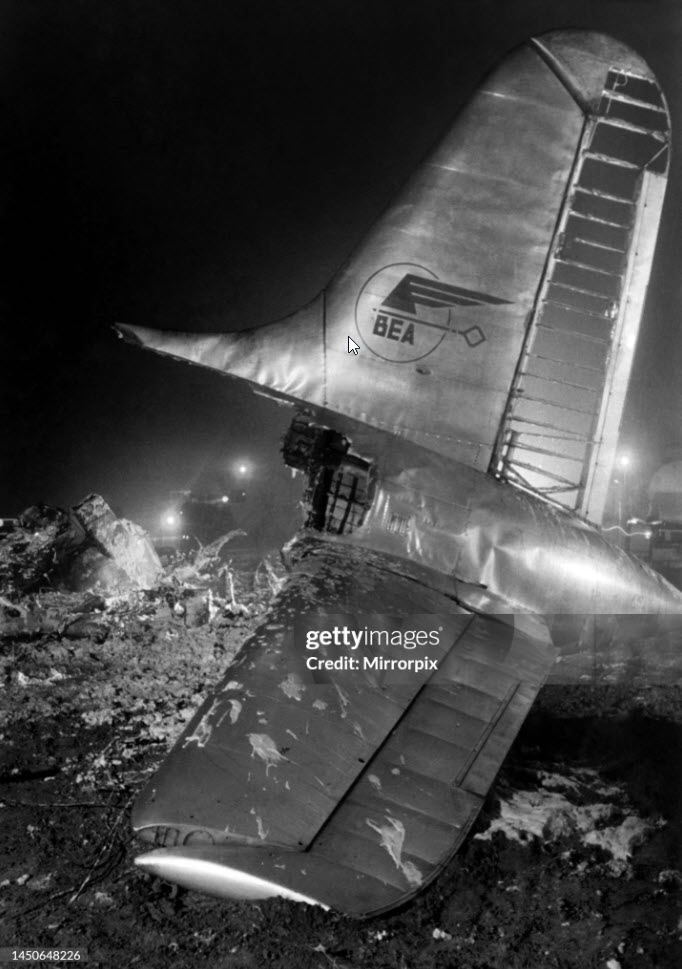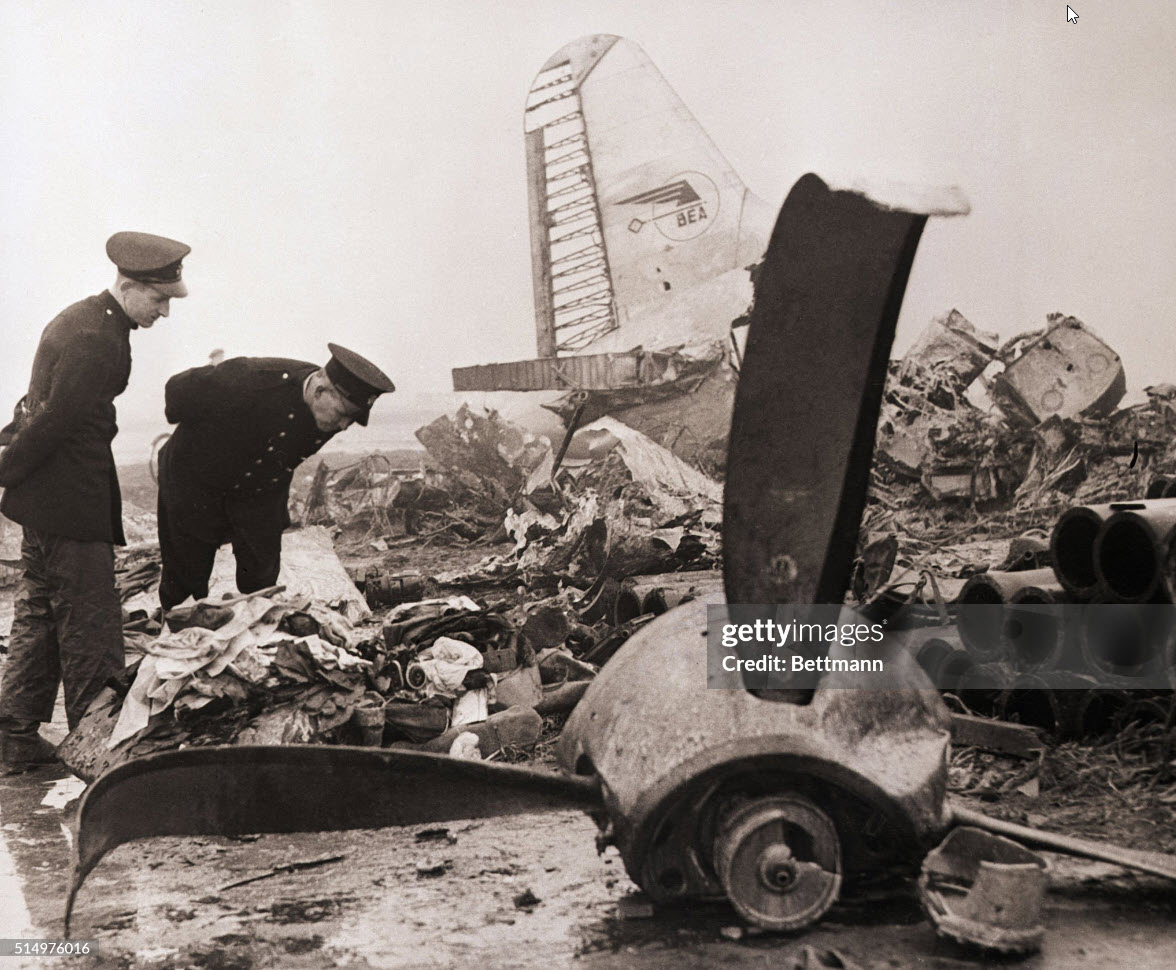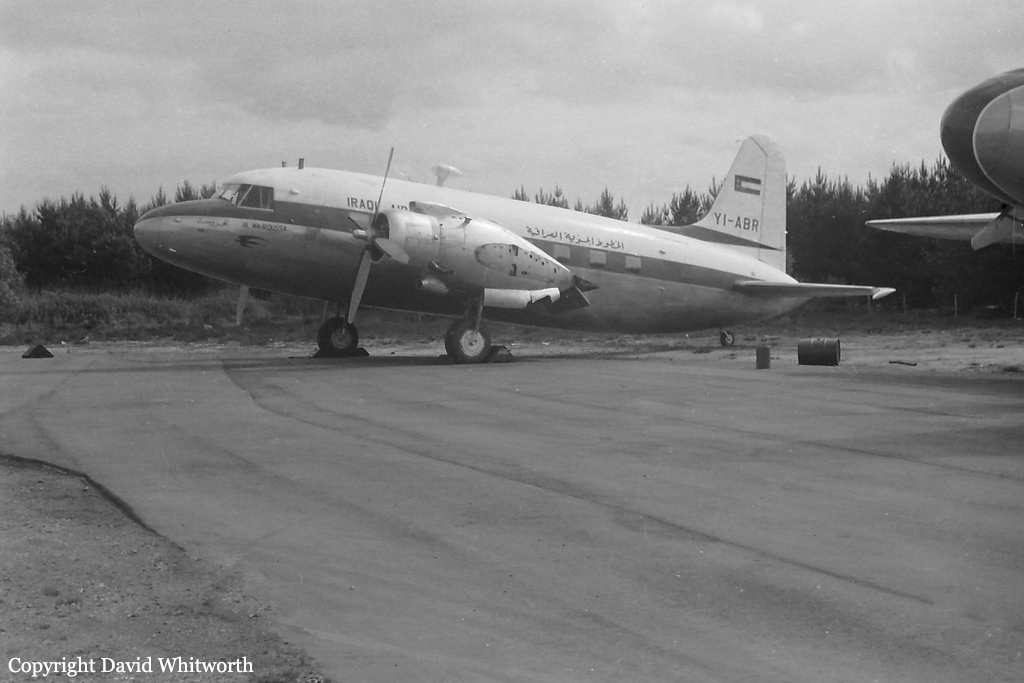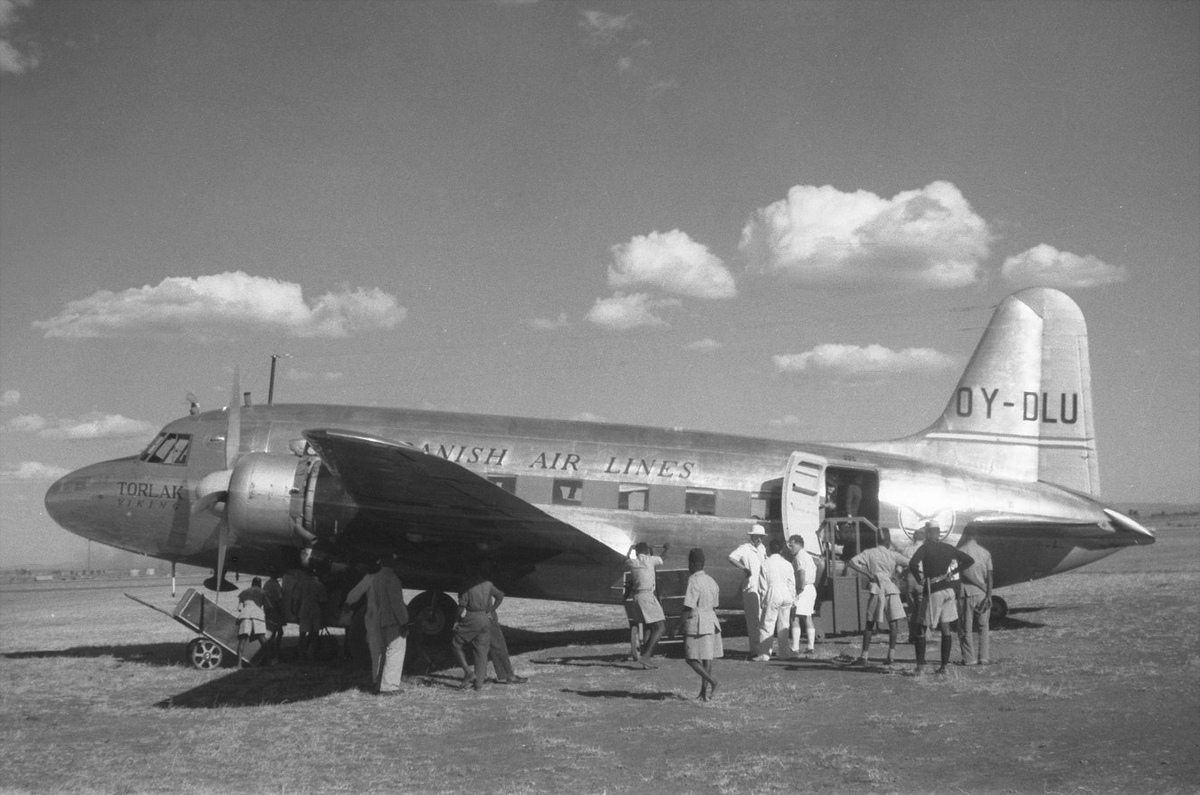Crash of a Vickers 614 Viking 1 on Mt La Cinta: 31 killed
Date & Time:
Feb 17, 1952 at 1830 LT
Registration:
G-AHPI
Survivors:
No
Schedule:
Bovingdon – Nice – Luqa – Nairobi
MSN:
142
YOM:
1946
Crew on board:
5
Crew fatalities:
Pax on board:
26
Pax fatalities:
Other fatalities:
Total fatalities:
31
Circumstances:
While cruising at an altitude of 1,040 meters about 65 km south of Palermo in marginal weather conditions, the twin engine aircraft hit the north slope of Mt La Cinta. The crash site was reached by the rescuers three days later and all 31 occupants have been killed. The aircraft was destroyed upon impact and an engine and a wing were found about 800 meters from the main wreckage.
Probable cause:
Imprudence on the part of the pilot, who failed to maintain a greater safety altitude during flight over Sicily, and that, particularly, in consideration of the thundery formations present over the area. A contributory factor was the pilot's ignorance of real wind conditions on the route which led to a displacement of the actual track by 3° with reference to that intended. The Commission finds that the flight safeguarding service provided by the D/F stations of Rome and Cagliari was accomplished with due care and that, without being asked to do so other D/F stations (Milan and Venice) transmitted bearing information.












